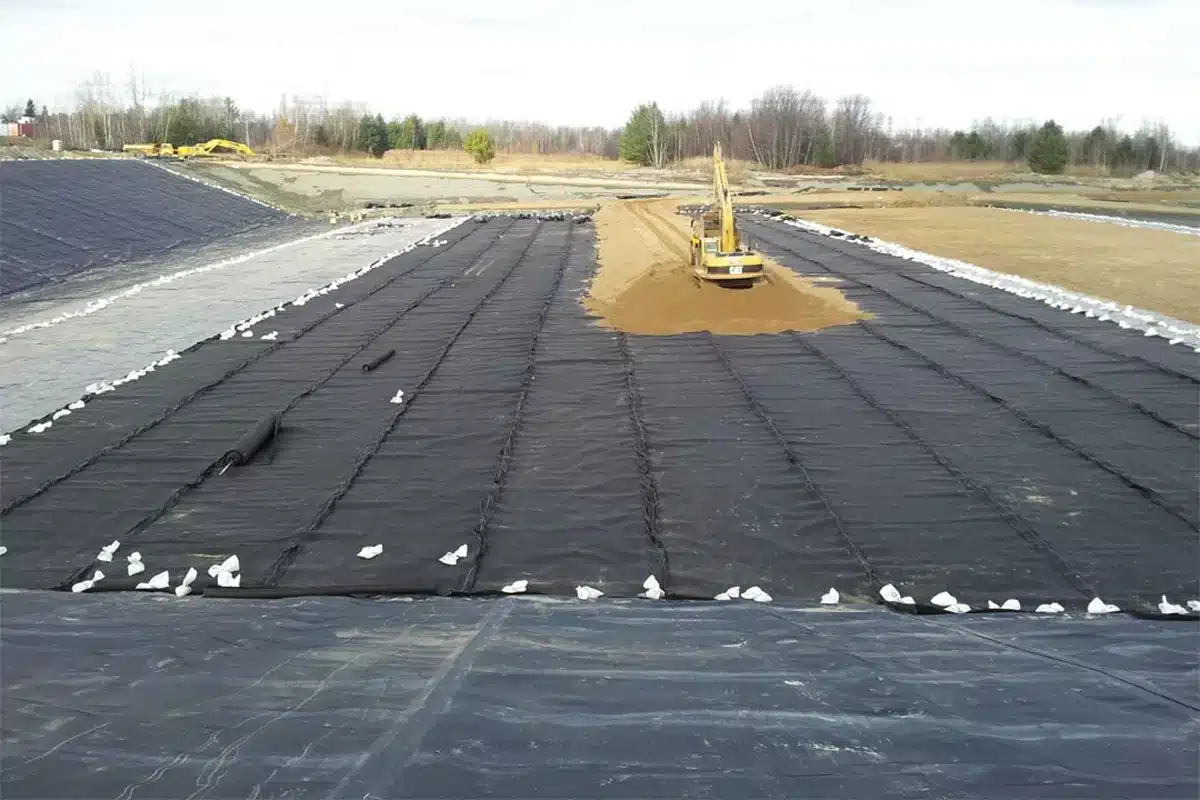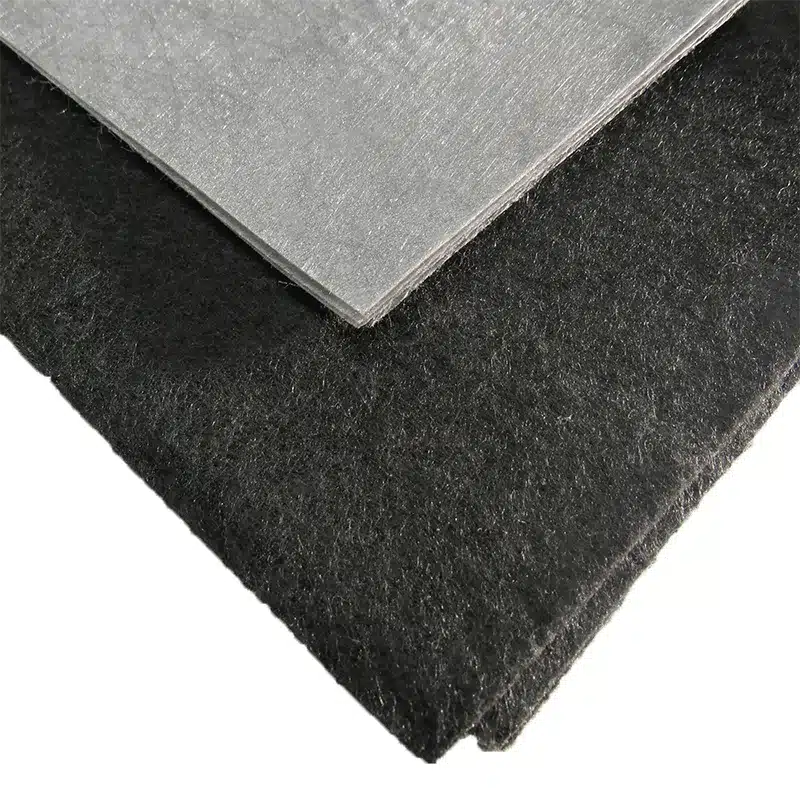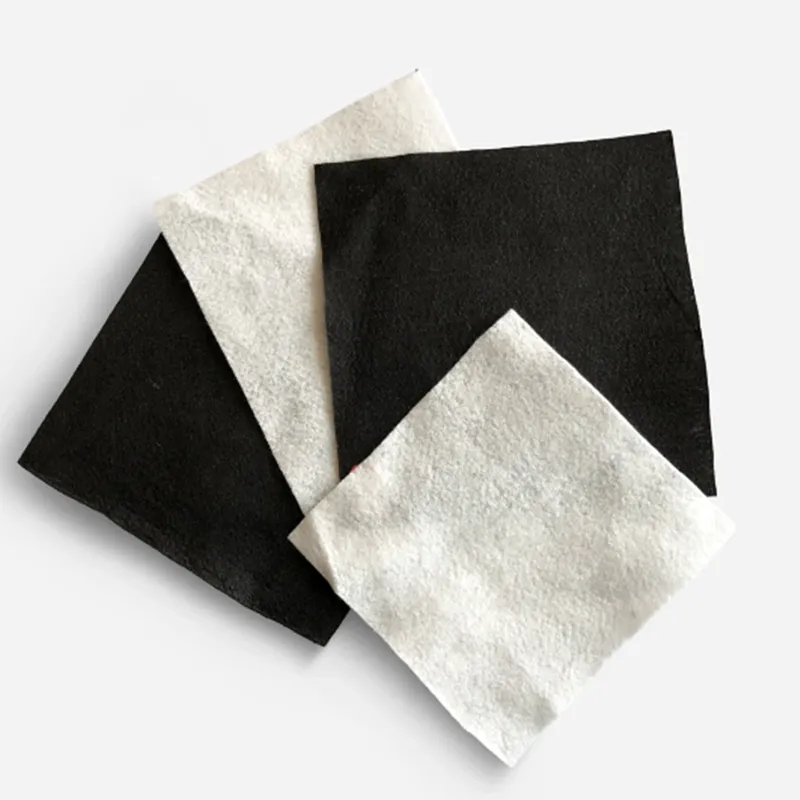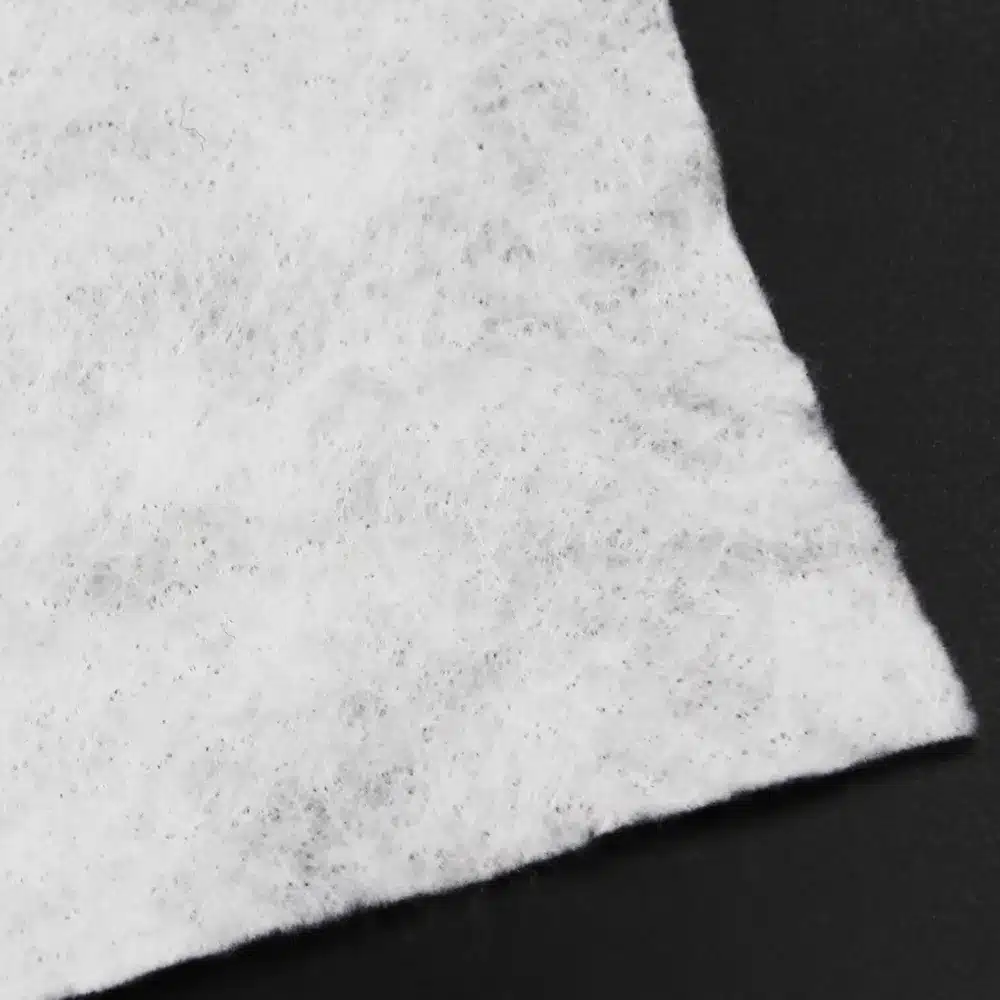+86-159 9860 6917
info@geofantex.com
geofantex@gmail.com
+86-400-8266163-44899
When constructing a retaining wall, ensuring proper drainage is crucial for its longevity and stability. Geotextile retaining wall drainage fabric plays a vital role in this process by allowing water to pass through while preventing soil erosion and material displacement. This article explores the use of geotextile fabric in retaining walls, its benefits, and how to choose and install the right type of fabric for optimal drainage.
Can Geotextile Be Used in Retaining Walls?
Yes, geotextiles can be used in retaining walls, and they serve a few important functions:
- Separation: Geotextiles help to separate different soil layers (like granular backfill and native soil), preventing mixing, which ensures the retaining wall’s stability and reduces soil erosion.
- Reinforcement: In some applications, geotextiles can provide additional strength to the soil behind the wall. They help in distributing the load and improving the wall’s overall performance.
- Drainage: Geotextiles allow water to drain through them while preventing the passage of soil particles. This is critical in reducing hydrostatic pressure behind the wall, which can lead to wall failure if not properly managed.

What is Geotextile Drainage Fabric?
Geotextile drainage fabric is a permeable material designed to facilitate water flow while blocking soil and debris. It is typically made from synthetic fibers such as polypropylene or polyester, which are woven or non-woven to create a strong, durable fabric. In the context of retaining walls, this fabric serves as a filter that allows water to drain through the wall while preventing the buildup of water pressure that can cause structural damage.
How to Use Geotextile Fabric in a Retaining Wall?
To use geotextile fabric in a retaining wall, follow these steps:
- Excavate the area: Start by excavating the area where the retaining wall will be built, ensuring a solid foundation.
- Lay the geotextile fabric: Place the geotextile fabric behind the retaining wall, extending it from the base of the wall to the top. Ensure that the fabric overlaps slightly at the seams for full coverage.
- Backfill with gravel: After laying the fabric, backfill the area with gravel or another permeable material. The gravel will allow water to flow freely while the fabric prevents soil from clogging the drainage path.
- Secure the fabric: Once the backfill is in place, fold the fabric over the top and secure it with landscape staples or another method to prevent it from shifting over time.
- Finish the wall: Complete the retaining wall construction, ensuring that the geotextile fabric remains in place throughout the process.
What Kind of Geotextile is Best for Retaining Walls?
The best type of geotextile fabric for retaining walls depends on the specific requirements of your project. Generally, non-woven geotextile fabric is preferred for drainage applications because of its superior water permeability and filtration capabilities. This type of fabric effectively allows water to pass through while retaining fine particles. However, woven geotextile fabric can also be used if additional strength is required, especially in applications where the soil is heavy or prone to shifting.
Geotextile retaining wall drainage fabric is an essential component in the construction of durable and effective retaining walls. It facilitates proper drainage, reduces hydrostatic pressure, and prevents soil erosion, all of which contribute to the long-term stability of the wall. By choosing the right type of geotextile fabric and installing it correctly, you can ensure that your retaining wall performs well and remains structurally sound for years to come.



Get Free Sample
We’ll respond as soon as possible(within 12 hours)






















